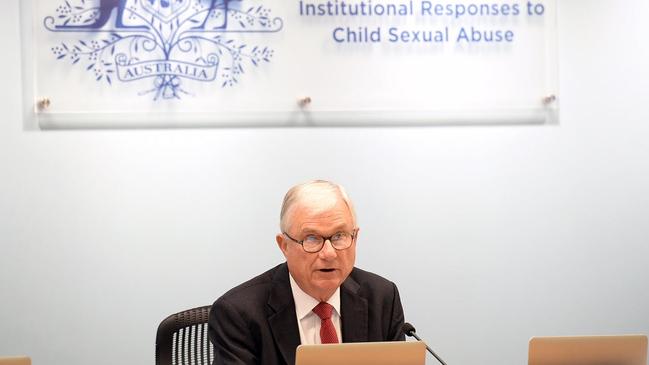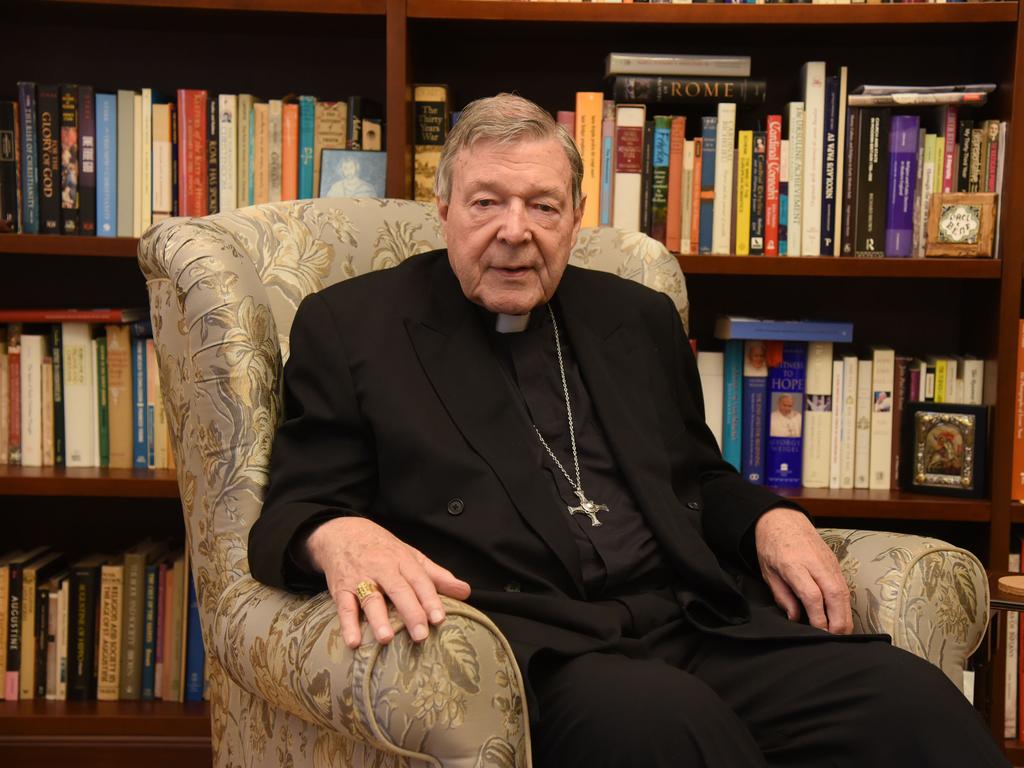Commission did investigate abuse in state schools

It is important when considering the work of the royal commission to appreciate the fundamental object of its terms of reference. Its primary task was not to establish whether individual acts of abuse had occurred but, rather, where it was known or believed to have occurred, to investigate the response of the particular institution.
The royal commission could investigate institutions only where sexual abuse was alleged or reported to have occurred. For that reason, at the beginning of its work and for many months, the royal commission conducted an intensive national campaign to inform survivors of sexual abuse of the work of the commission and the opportunity to tell their story to a commissioner.
As required by the letters patent, of the more than 8000 people who came to tell their story, the royal commission selected institutions to be the subject of the public hearings or case studies where there was a significant cluster of allegations and where it was likely that lessons could be learned.
Henderson writes that the royal commission did not hold one “case study” into a government school, which he described as a “grievous error of omission”. He is not correct. The royal commission was aware of the potential for criticism if it did not hold a case study into any state school but it did not receive allegations that would have justified the cost of a public hearing into a state school. However, as the final report records, the royal commission did examine three NSW public schools in a case study.
Given the recent nature of the alleged events in those schools, the hearings had to be conducted in private to avoid further harm to the young children involved.
It is important to appreciate that although no cluster of allegations could be identified in any particular state school, to justify a public hearing, consistent with the obligations of the royal commission, I referred 2252 allegations to the police for investigation which, it could be expected, would include allegations of sexual abuse in state schools. We also conducted public hearings into institutions the state managed.
The statistics published in the final report of the royal commission disclose that of the survivors who came to tell their story 58.6 per cent reported that they were abused in an institution managed by a religious organisation. Of these, 61.8 per cent, or almost 2500 people, reported that they suffered child sexual abuse in an institution managed by the Catholic Church.
The Anglican Church was the next most significant religious institution for reports of child sexual abuse, with 14.7 per cent of reported abuse in an Anglican institution.
The royal commission made plain on numerous occasions that it could not publicly examine all institutions in respect of which it received reports of abuse. To forestall any accusation of bias in its selection of particular religious institutions for public hearings, the royal commission conducted case studies in proportion to the number of complaints received about different types of institutions.
With respect to the late Cardinal George Pell, it was inevitable that he would be required to give evidence in three public hearings. Although a young priest, Pell was identified as a talented leader in his early days at Ballarat, where the bishop appointed him as a consultor. Many children were sexually abused in Ballarat diocese at the time Pell was a consultor.
Pell moved from Ballarat to become a bishop and then archbishop of the diocese of Melbourne, where there were also many problems. He was then appointed archbishop of Sydney where, again, he was required to deal with many allegations of abuse. An examination of his approach to these issues in each location revealed the good and the bad of the Catholic Church’s response to sexual abuse.
One of the most important outcomes of the royal commission is that it is now more likely that survivors of sexual abuse will feel able to tell their story. As a consequence, it should be no surprise that since the royal commission completed its work, many more survivors of institutional child sexual abuse have been willing to come forward to tell their story and expose how institutions have failed the children in their care.
Peter McClellan KC was chairman of the Royal Commission into Institutional Responses to Child Sexual Abuse.





I refer to Gerard Henderson’s recent columns “Historic abuse in public schools ignored too long” (July 29-30) and “Where’s spotlight on government school pedophiles?” (September 2-3). In both of those columns Henderson is critical of the work of the Royal Commission into Institutional responses to Child Sexual Abuse.